Chromium Carbide Sputtering Target Description
Chromium Carbide sputtering target from TFM is a high-quality carbide ceramic sputtering material with the chemical formula Cr3C2. This material is known for its hardness, wear resistance, and corrosion resistance, making it suitable for various industrial applications, including thin film deposition, coatings for cutting tools, and surface protection in extreme environments.
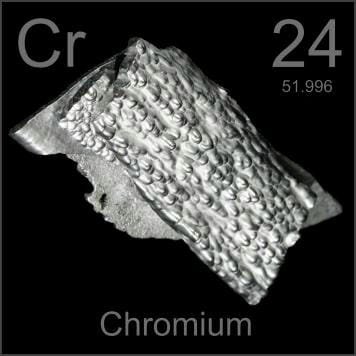 Chromium is a chemical element that gets its name from the Greek word ‘chroma,’ meaning color, due to the various colorful compounds it forms. Its usage dates back to before 1 AD, and it was notably discovered by the Chinese Terracotta Army. The chemical symbol for chromium is “Cr.” It is positioned in Period 4 and Group 6 of the periodic table, within the d-block, and has an atomic number of 24. The relative atomic mass of chromium is 51.9961(6) Dalton, with the value in parentheses indicating the uncertainty.
Chromium is a chemical element that gets its name from the Greek word ‘chroma,’ meaning color, due to the various colorful compounds it forms. Its usage dates back to before 1 AD, and it was notably discovered by the Chinese Terracotta Army. The chemical symbol for chromium is “Cr.” It is positioned in Period 4 and Group 6 of the periodic table, within the d-block, and has an atomic number of 24. The relative atomic mass of chromium is 51.9961(6) Dalton, with the value in parentheses indicating the uncertainty.
Related Product: Chromium Sputtering Target
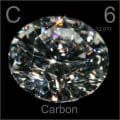 Carbon, a fundamental chemical element, derives its name from the Latin word ‘carbo,’ meaning charcoal. It has been known and used since 3750 BC, notably by Egyptians and Sumerians. Represented by the symbol “C,” carbon is situated in Period 2 and Group 14 of the periodic table, within the p-block. It has an atomic number of 6, and its relative atomic mass is 12.0107(8) Dalton, with the number in parentheses indicating the uncertainty in this value. Carbon is renowned for its versatility, forming a vast array of compounds, including those essential for life.
Carbon, a fundamental chemical element, derives its name from the Latin word ‘carbo,’ meaning charcoal. It has been known and used since 3750 BC, notably by Egyptians and Sumerians. Represented by the symbol “C,” carbon is situated in Period 2 and Group 14 of the periodic table, within the p-block. It has an atomic number of 6, and its relative atomic mass is 12.0107(8) Dalton, with the number in parentheses indicating the uncertainty in this value. Carbon is renowned for its versatility, forming a vast array of compounds, including those essential for life.
Chromium Carbide Sputtering Target Specification
| Compound Formula | C2Cr3 |
| Molecular Weight | 180.01 |
| Appearance | Gray |
| Melting Point | 1,895℃ |
| Boiling Point | N/A |
| Density | 6.68 g/cm3 |
Chromium Carbide Sputtering Target Application
The chromium carbide sputtering target is commonly utilized in various high-tech applications, including thin film deposition and functional coatings. Its uses extend to industries such as semiconductors, displays, LEDs, and photovoltaic devices. Additionally, chromium carbide is favored in decorative coatings, glass coatings (including automotive and architectural glass), and optical communication components. Its properties make it valuable in the production of coatings for optical information storage devices and other specialized industrial applications.
Chromium Carbide Sputtering Target Packaging
Our chromium carbide sputtering target is meticulously tagged and labeled on the exterior to facilitate easy identification and maintain quality control standards. We take extensive precautions to prevent any damage during storage and transportation, ensuring that the product reaches you in optimal condition.

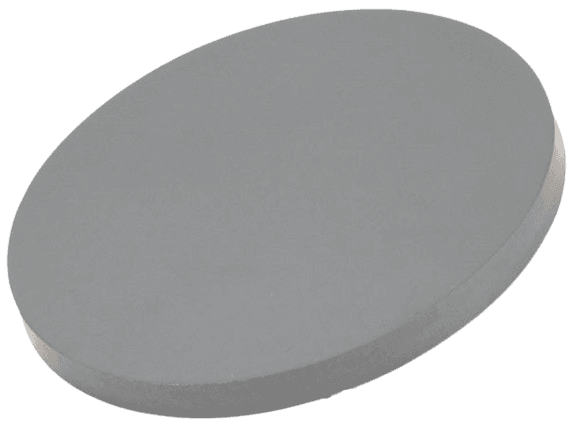
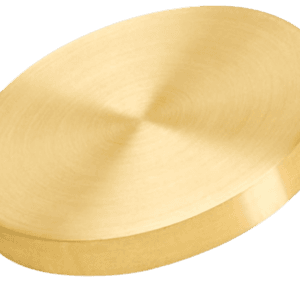
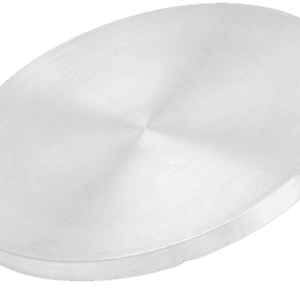
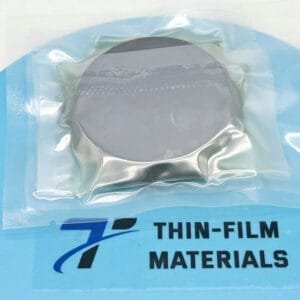
Reviews
There are no reviews yet.